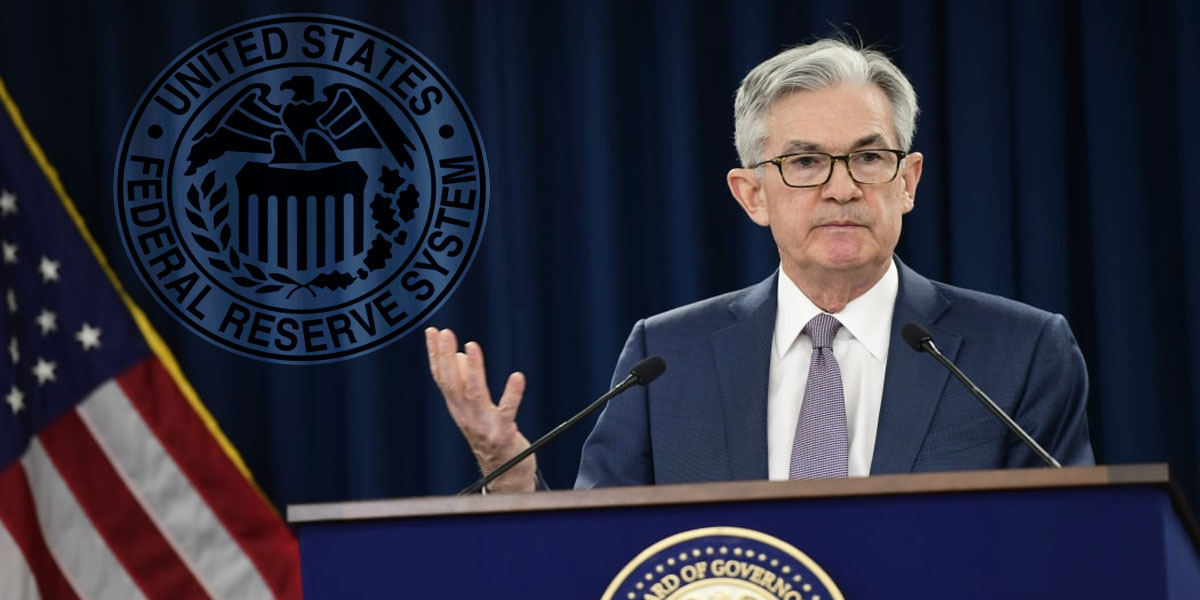Financial executives and experts may protest all they want, but the US Federal Reserve is sticking to its guns with regard to hiking interest rates to stem inflation.
Last week, several key Fed officials made statements to the media regarding the agency’s hardline stance regarding rate hikes. All of them acknowledged that, while the aggressive hiking policy does stand to adversely impact the markets and the economy in general, it is necessary for keeping inflation within manageable levels.
At the 40th Annual Monetary Conference of the Cato Institute, Fed chair Jerome Powell stated that, based on past events, it never pays to loosen anti-inflation policies prematurely. He assured attendees that he and his colleagues would stay the course until inflation goes down to a more palatable level.
Powell’s statements at the conference mirrored those of Fed vice-chair Lael Brainard. Speaking at a banking conference in New York on September 7th, Brainard declared that it was critical tho guard against the possibility that both businesses and individuals could expect inflation to stay above 2% for a prolonged period of time.
Is a Soft Landing Still Possible?
Recent data from some of the country’s top financial analysts noted that the economy is inching its way towards a much hoped for soft landing. For one thing, the dollar remains strong and commodity prices are going down thanks to some improvements in both the local and global supply chains.
At the same time, both core and headline inflation appeared to have slackened off a bit since July. The labor market has also begun to cool, while the gross domestic product (GDP) shows signs of slowing growth.
However, this still isn’t enough for the Fed. Indeed, a number of officials say that the progress towards tempering inflation still isn’t happening as quickly or as smoothly as they hoped it would be.
Unknown Variables
As of press time, future plans are still up in the air pending economic reports, including recent inflation data, due before the end of the month. These are expected to direct the Fed’s course of action for the fourth quarter and, possibly, well into the first quarter of 2023.
For example, the upcoming Consumer Price Index (CPI) report will determine whether or not the Fed will consider a less aggressive rate hike moving forward.
Indeed, according to several analysts, there may be risks to considering a hike of just 50 basis points given how the Fed received flak during the last blackout period.














